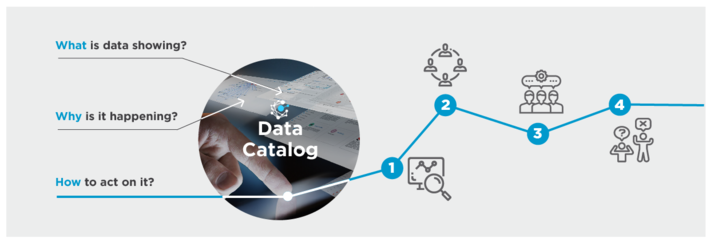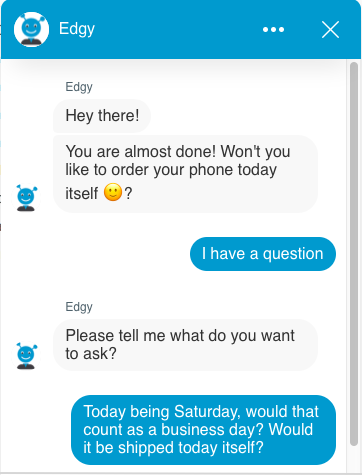
“Technology is nothing in itself. What’s important is that you have faith in people, that they’re basically good and smart, and if you give them tools, they’ll do wonderful things with them.”
Steve Jobs
The what and the why
Businesses today increasingly turn to big data and advanced analytics for their most troubling questions. The belief that if you get lots of data, a system to handle it (hardware, software), and a few smart people, the data will magically reveal insights.
But having more data doesn’t usually mean you have better data. A lot of bad data (unreliable reporting, missing observations) means a lot of noise which has to be filtered down. Second, having more data doesn’t help you determine causality between variables of interest.
Data can tell you what is happening, but it will rarely tell you why. To effectively bring together the what and the why — a problem and its cause, in order to find a probable solution — leaders need to combine the advanced capabilities of big data and analytics with tried-and-true qualitative approaches such as human collaboration, interviewing teams, conducting focus groups, and in-depth observation.
What can serve as a platform to do all this human collaboration? A data catalog.
What is a data catalog?
A data catalog is a centralized repository of metadata, created to organize and unify data that was siloed in databases throughout the company – ERP, e-commerce stores, HR and Finance databases, and many others.
Further, it enables users to search this data using natural language. One can also discover new datasets by identifying relationship amongst data. With a data catalog users across an organization can find and understand data in a secure and governed environment.
With use a data catalog keeps evolving both through the participants and AI. The different roles of data catalog participants are — data organizers (data architects and database engineers), data curators (data stewards and data governors) and the data consumers (data and business analysts).
See here for step-by-step guide to build a data catalog.
How can it help us?
1) Enables analysts to find data from everywhere in the company –
A data catalog collects and showcases all streams of data – qualitative as well as quantitative which can be critical for an analysis. Let’s consider an example – your company wants to understand how a loyalty program was received by customers. Of course, you want data from CRM department about how many customers participated in the program, and data about the program’s churn. But you also need to find out what customers are saying about the program and whether it’s enhancing – or hurting – the brand. Thus, comments on your Facebook page about the reward program is crucial. You can add the Facebook comments into the data catalog – and then get a complete picture about the program’s overall effectiveness.
2) Empowers data participants to seek advice, brainstorm and collaborate about data –
It starts with collaboration features, such as the ability to annotate data assets or participate in threaded discussions. Because of that, instead of having to track down the expert or team responsible for the data in order to get a question answered, a user can immediately see who is engaging with the data and reach out to them for help.
3) Motivates data participants to share tribal knowledge
If participants get recognized for their knowledge, they are more likely to share it. But where? A data catalog lets those in the know easily share their knowledge and get rewarded for it.
For example, if an e-commerce employee contributes insights about the most common questions regarding a product, his/her feedback can be rated or “liked” by their associates. This not only helps the company, but it also helps the individual get recognized as an expert or thought leader about the subject.

4) Refute obvious theories
In many companies, if a fact shows up on three different Power Points, it’s also considered true. But maybe that fact isn’t correct in the first place and it was just repeated?
With a data catalog, analysts can dig deep into data and make connections that may refute common wisdom or perceptions.
For example, a company who sold used phones online was experiencing dropped sales on Saturdays. The analysts, even after scratching their heads could not think of a clear explanation. Then the team decided to put a customer feedback system (chatbots). It popped up on an exit after several steps of order process and then a drop off. A large number of customer provided feedback that they were confused whether Saturday was taken as a business day where the website mentioned – ‘same day shipping on all business days’. The data catalog made it possible to connect to all the customer feedbacks and analyze them. The company got its answer and were able to fix the problem.
Data analytics can be most effective in identifying and exploring and delivering actionable insights if collaboration and in-depth observation is added to it. A data catalog can help with this exploration about what’s truly motivating a behavior or causing something to happen.
